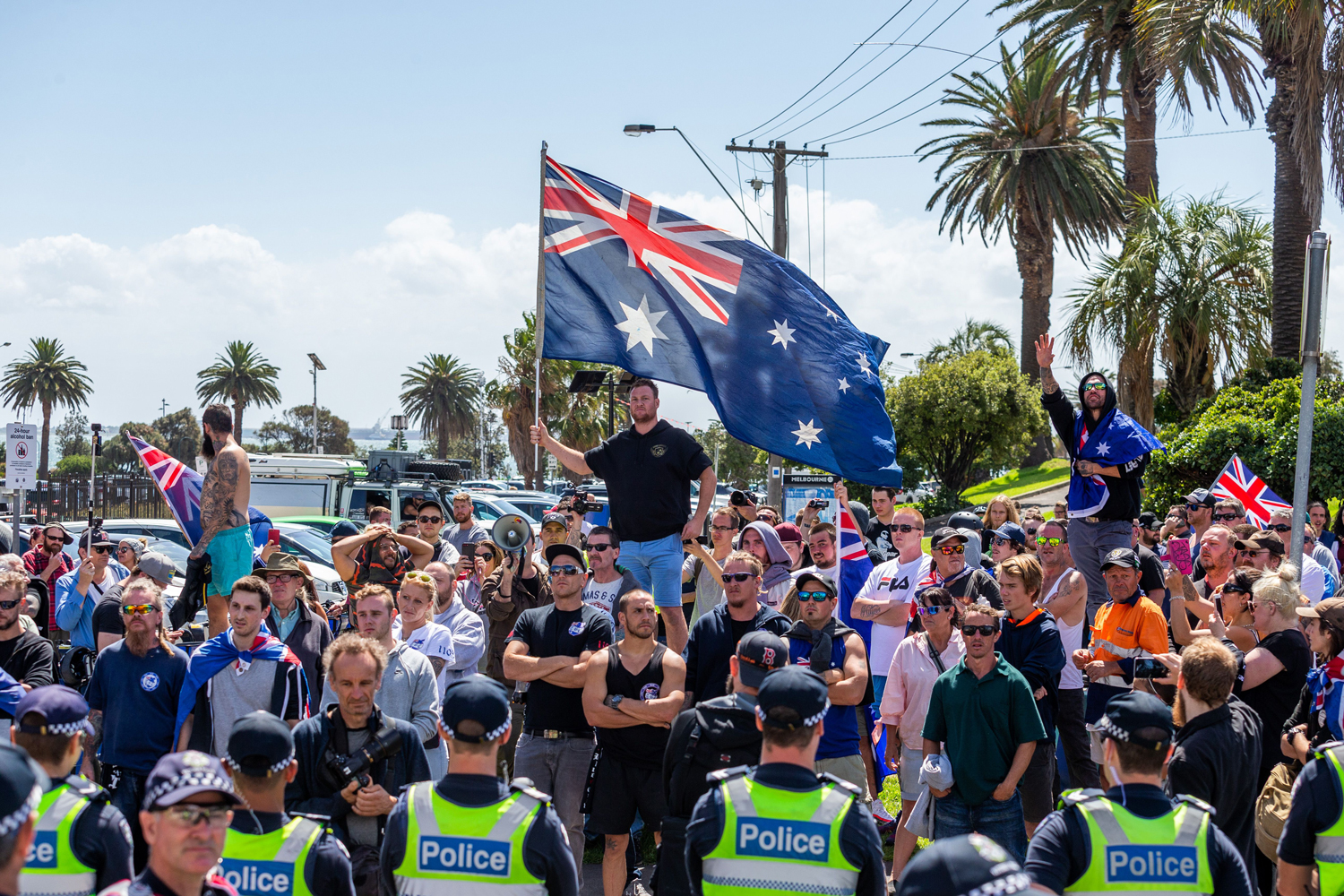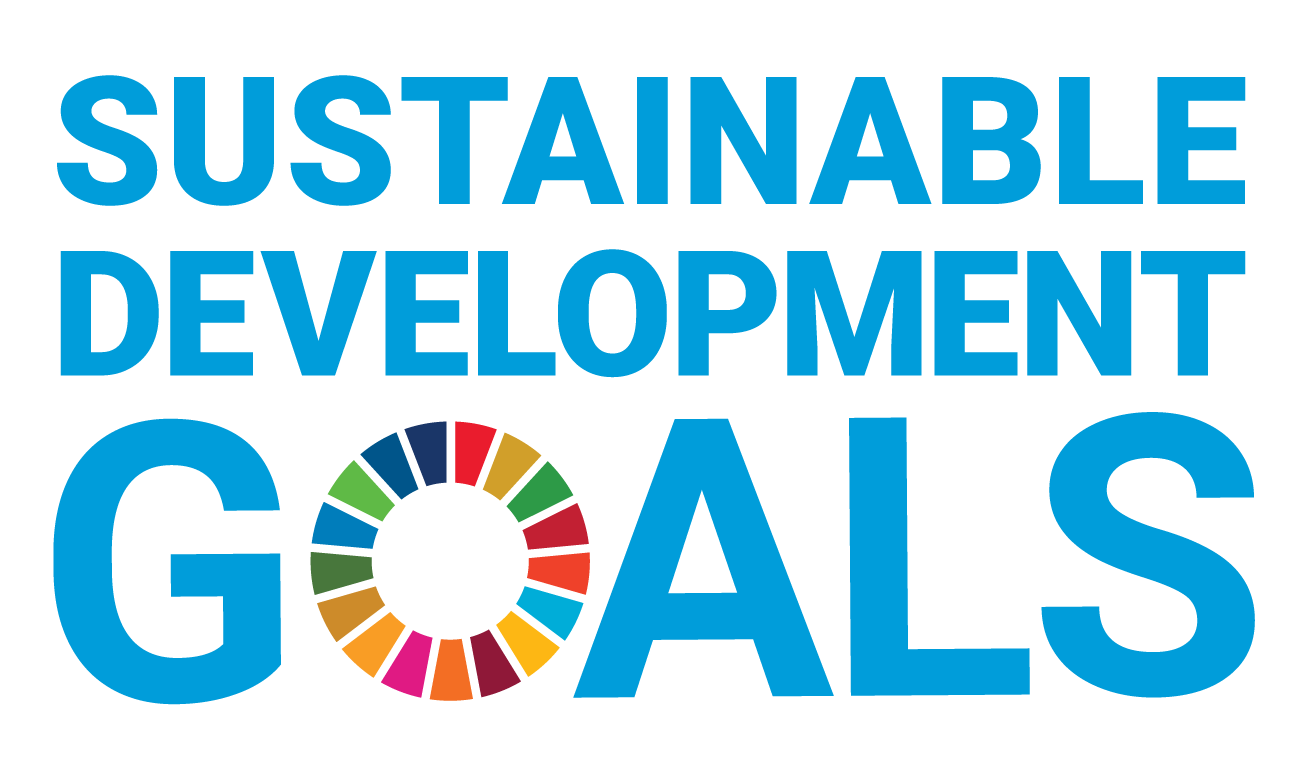You can search for courses, events, people, and anything else.
A report by Western’s Associate Professor Lucy Nicholas and colleagues at Swinburne University of Technology has found that a significant overlap exists between a subset of aggrieved men and right-wing terrorists in Victoria. This finding suggests that government agencies may be able to identify emerging threats before it is too late.
The report, Mapping right-wing extremism in Victoria examined interactions that took place in online forums and social media, and conducted stakeholder surveys to investigate whether men who expressed anti-feminist sentiment, who believe that feminism has gone too far, are more likely to turn into right-wing extremists.
“What we were interested in was how men develop the sentiments that have been seen to underpin violence,” explains Nicholas, whose primary research area at Western’s School of Social Sciences is gender and sexuality.
The links in language and sentiment were plain to see. “What we can say from the data is that men who are aggrieved about custody, for example, develop a coherent ideology that it is feminism’s fault, and then link that to other progressive phenomena. They then develop a broad and extremely angry discourse, and link to a community of like-minded men online.”
Their work has developed a list of red flag language that can be used to identify individuals whose views risk taking them down a violent path. Referring to recent crimes by anti-feminists in the USA, Nicholas says: “There needs to be attention to a rise in those discourses before it gets to the point of a mass shooting.”
Need to know
- There is overlap in the sentiments of anti-feminist men and right-wing extremists.
- Anti-feminist groups could be considered terrorist organisations.
- Better support for men could prevent violence.
The work formed the basis of a submission to the Parliamentary Joint Committee on Intelligence and Security Inquiry Into Extremist Movements and Radicalism In Australia. The team recommended both bottom-up approaches, such as providing an alternative community and information to men at risk of radicalisation, as well as a top-down securitisation approach, including listing some anti-feminist groups as terrorist organisations.
The report suggested that violence against women needs to be considered a security issue and a threat to public order, in the same way that Muslims at risk of radicalisation have been targeted by intelligence agencies.
Claudia Fletcher, works for ‘No to Violence’, a male-focussed family violence referral service. She says the language highlighted by the report was “instantly recognisable through my own counselling experience.” She says the report highlights the importance of linking disparate government groups towards the goal of better supporting at-risk men. “If combined with appropriate referral pathways, the service system could interrupt men at risk of radicalisation during trigger points and direct them toward safe social networks,” she says.
Meet the Academic | Associate Professor Lucy Nicholas
Associate Professor Lucy Nicholas is director of Gender and Sexualities Research and publishes on gender diversity as well as backlash and masculinity. They are currently working on men’s behaviour change and prevention and intervention in young men’s violence.
Credit
Future-Makers is published for Western Sydney University by Nature Research Custom Media, part of Springer Nature.
© Asanka Ratnayake/Shutterstock
© Jonathan Harrison/unsplash
© ev/unsplash








